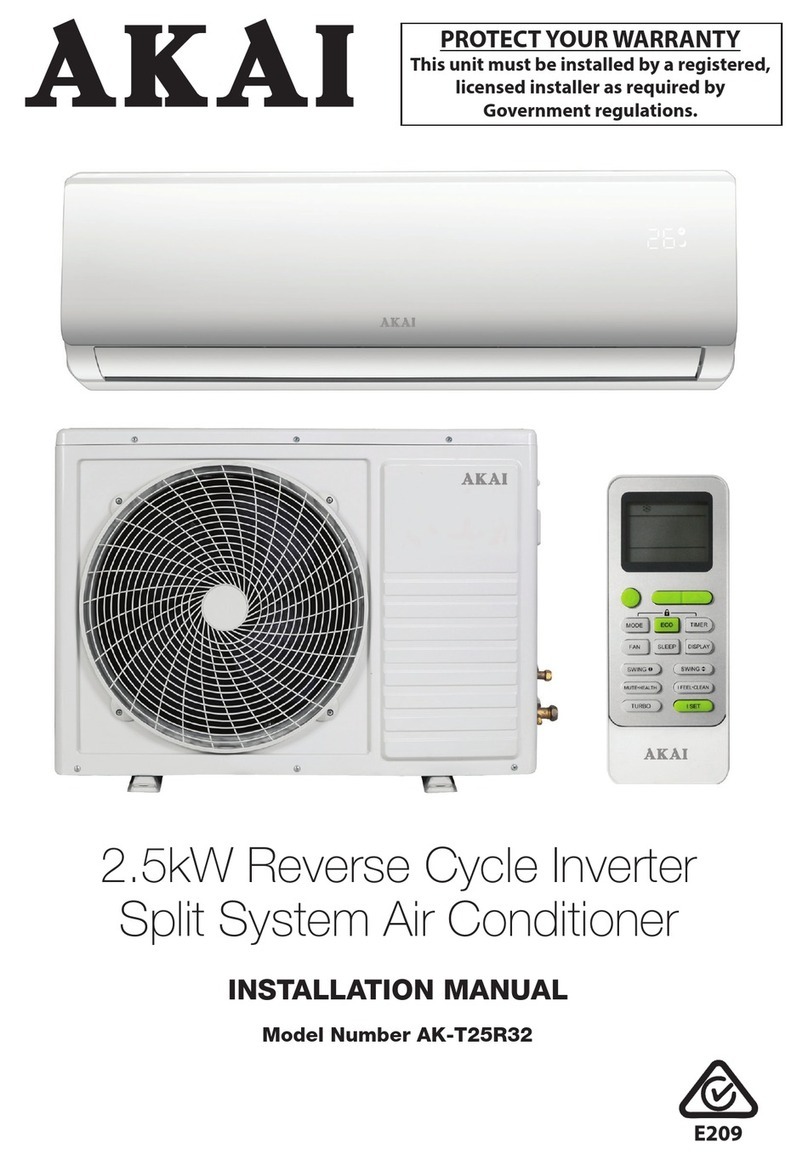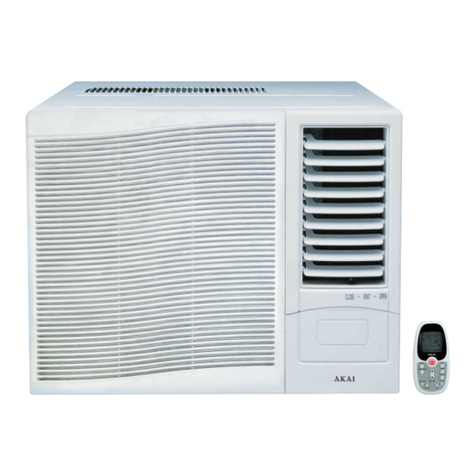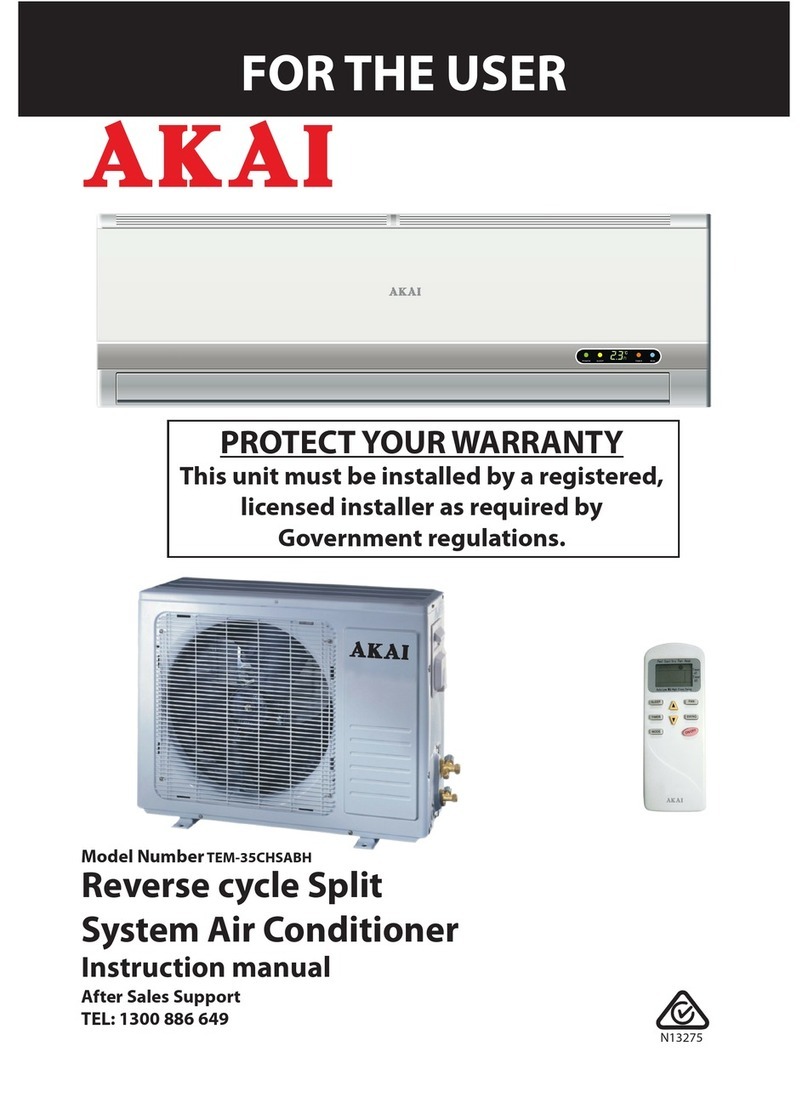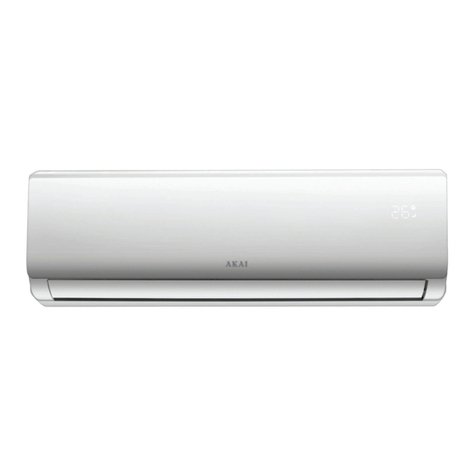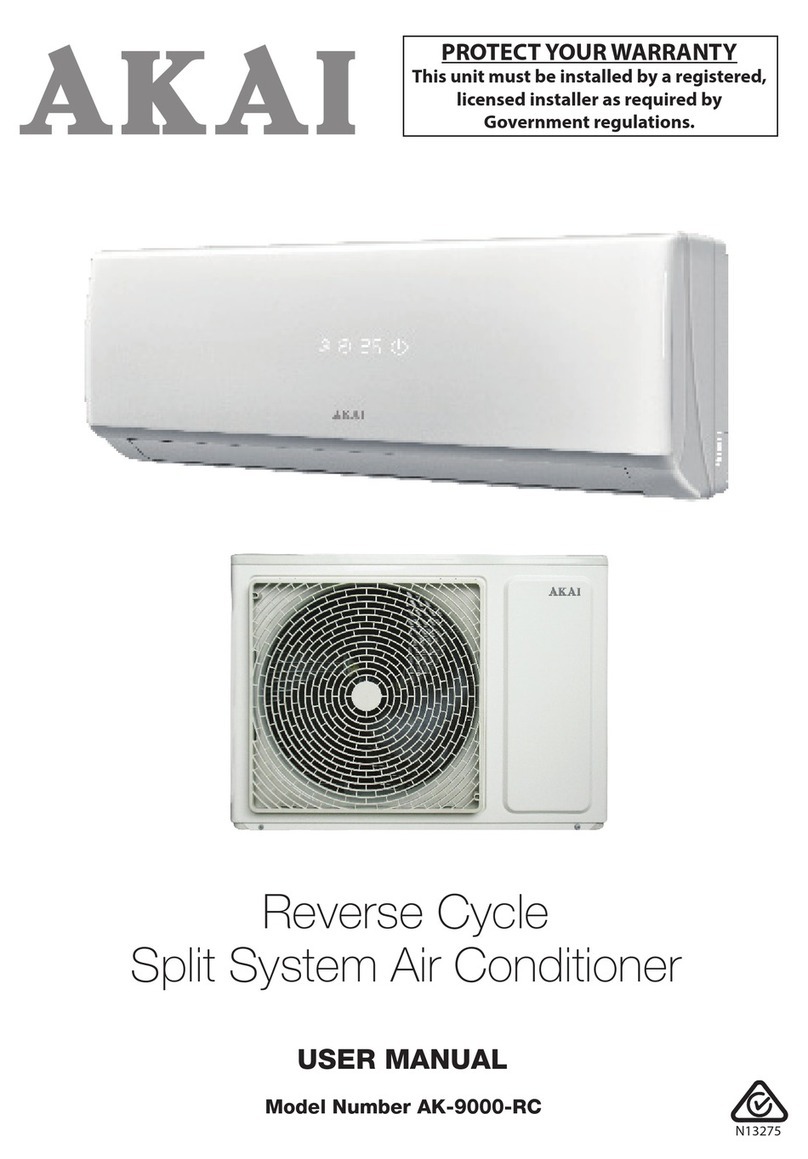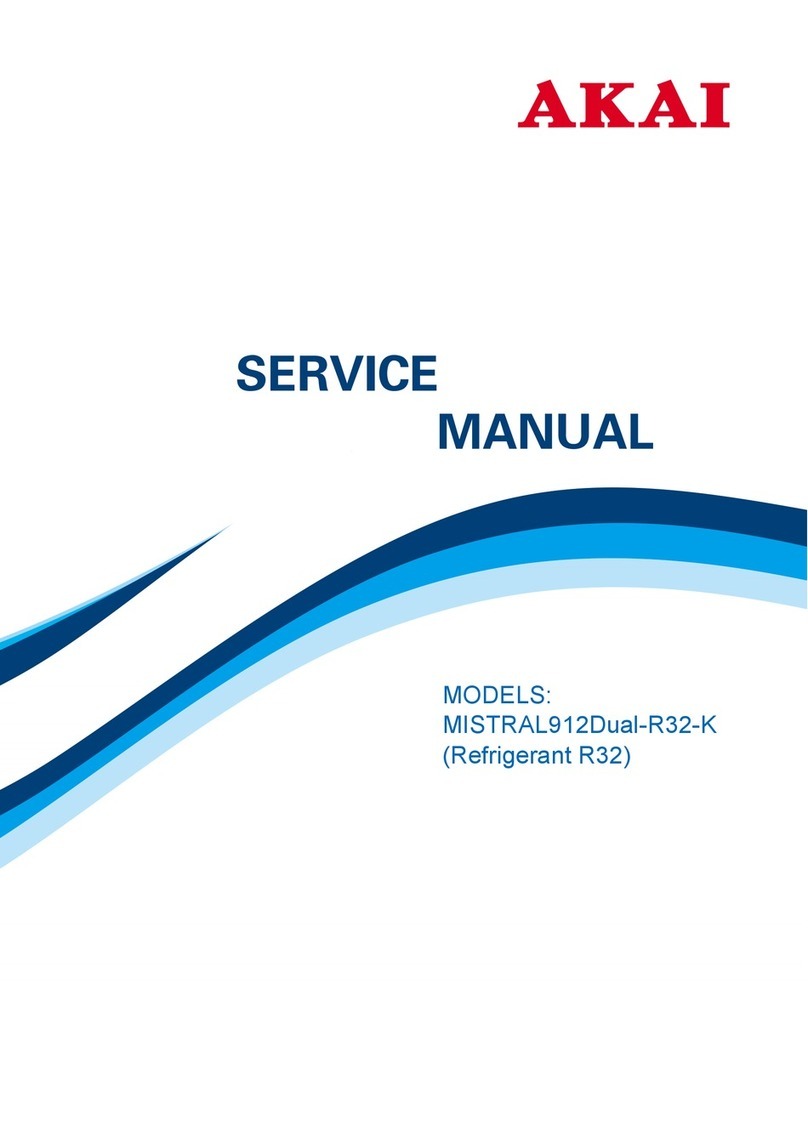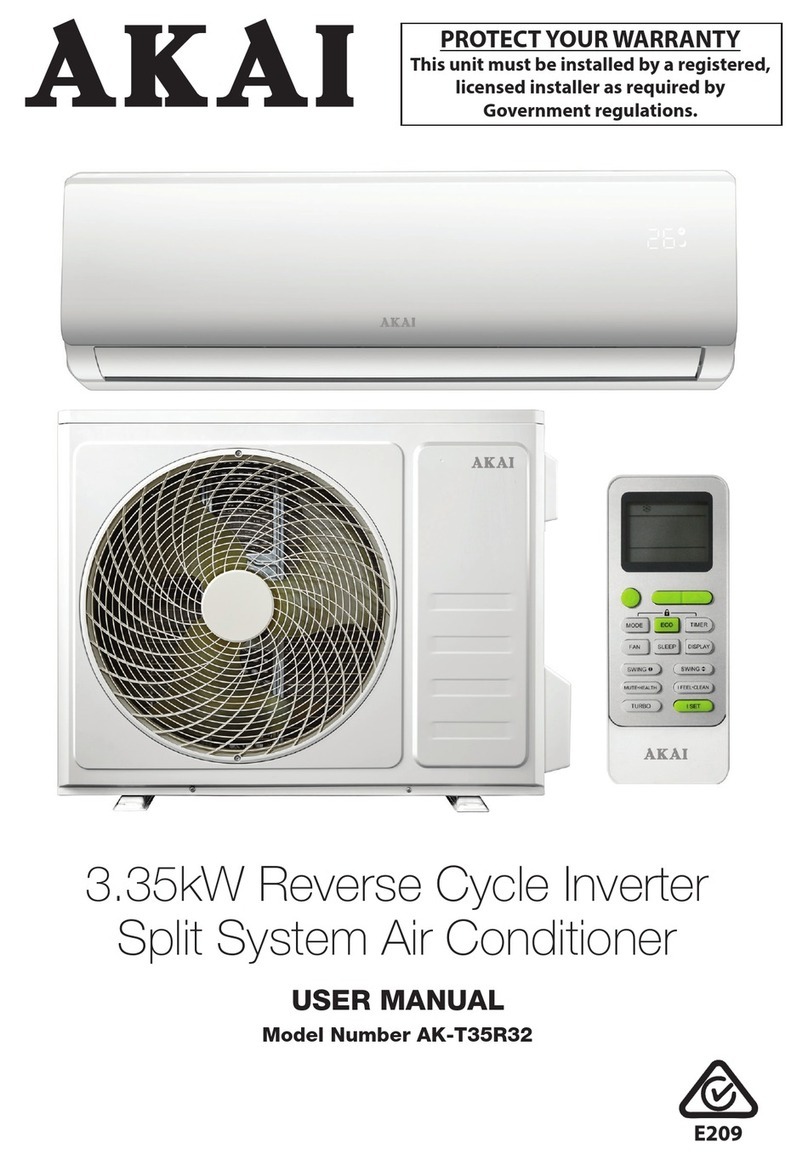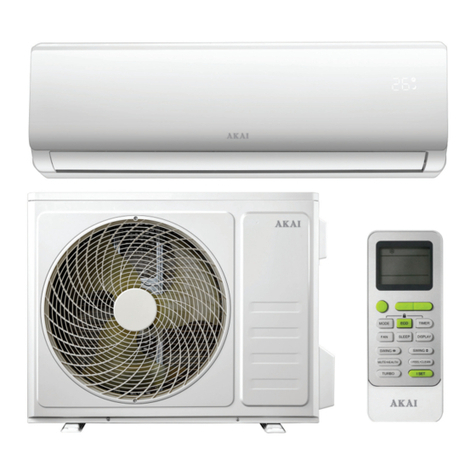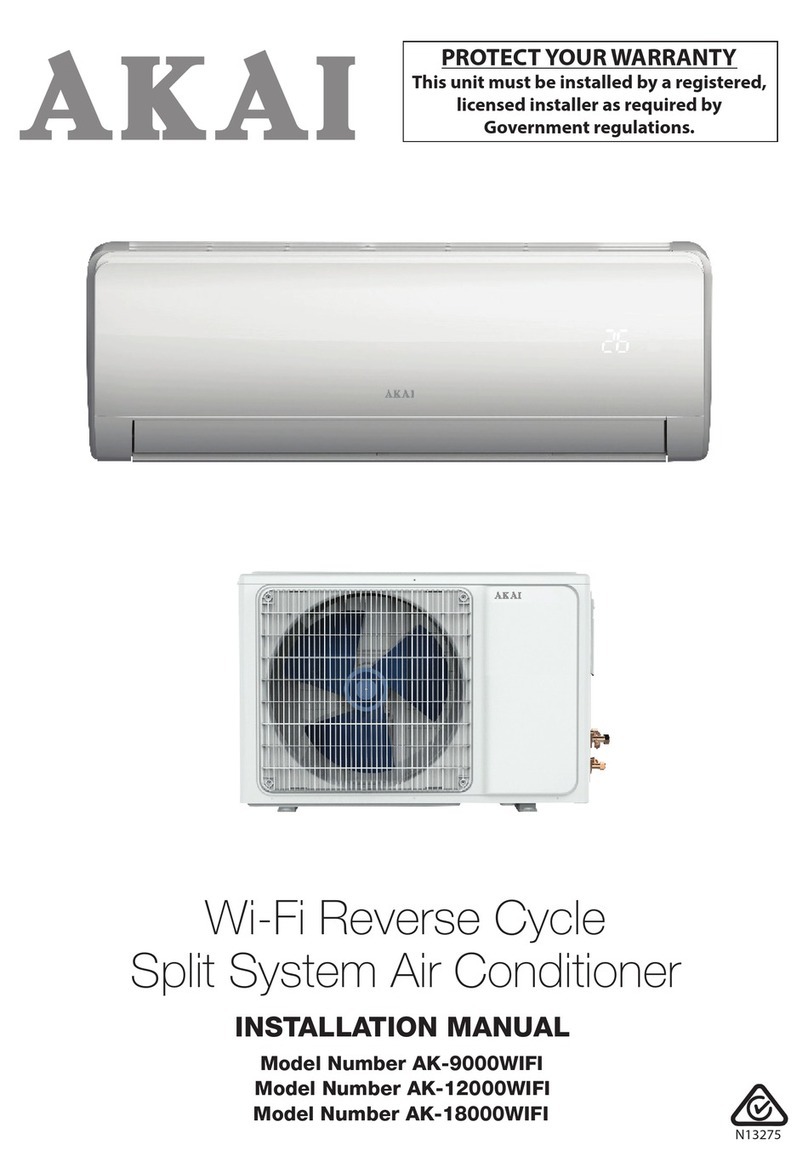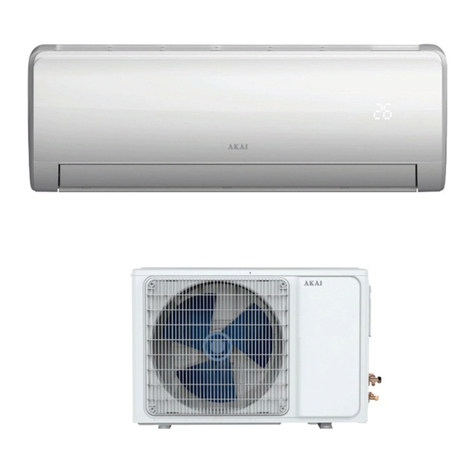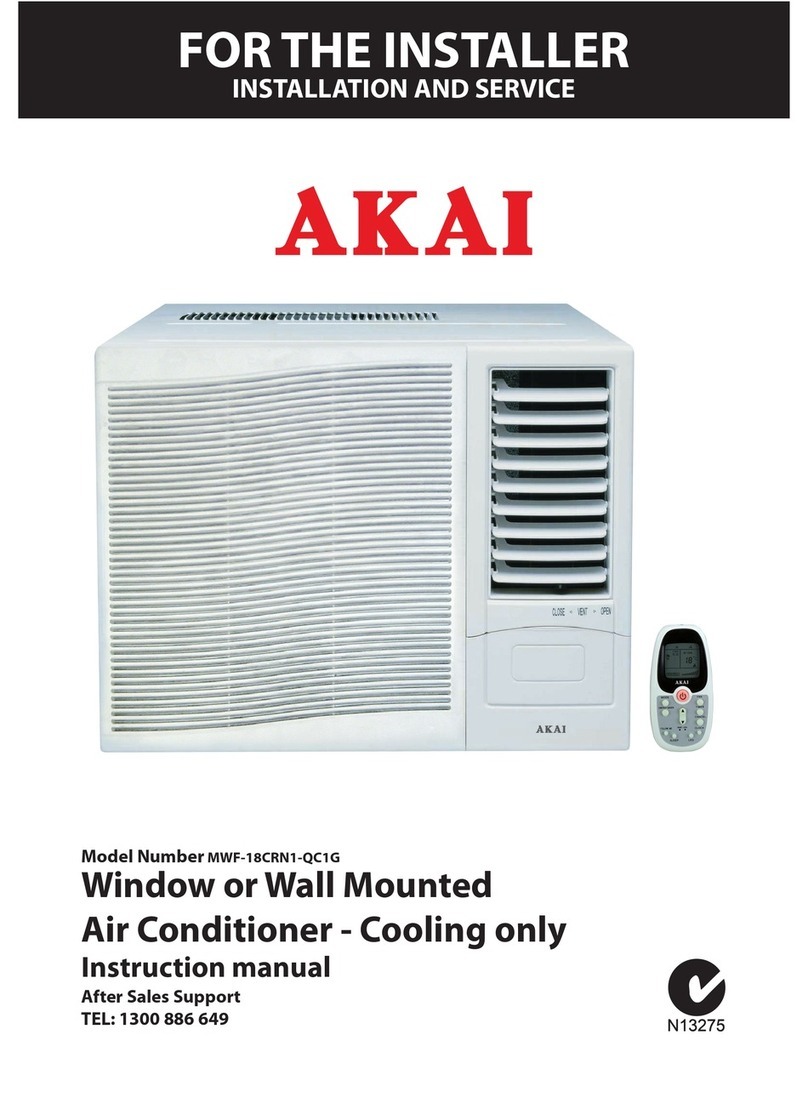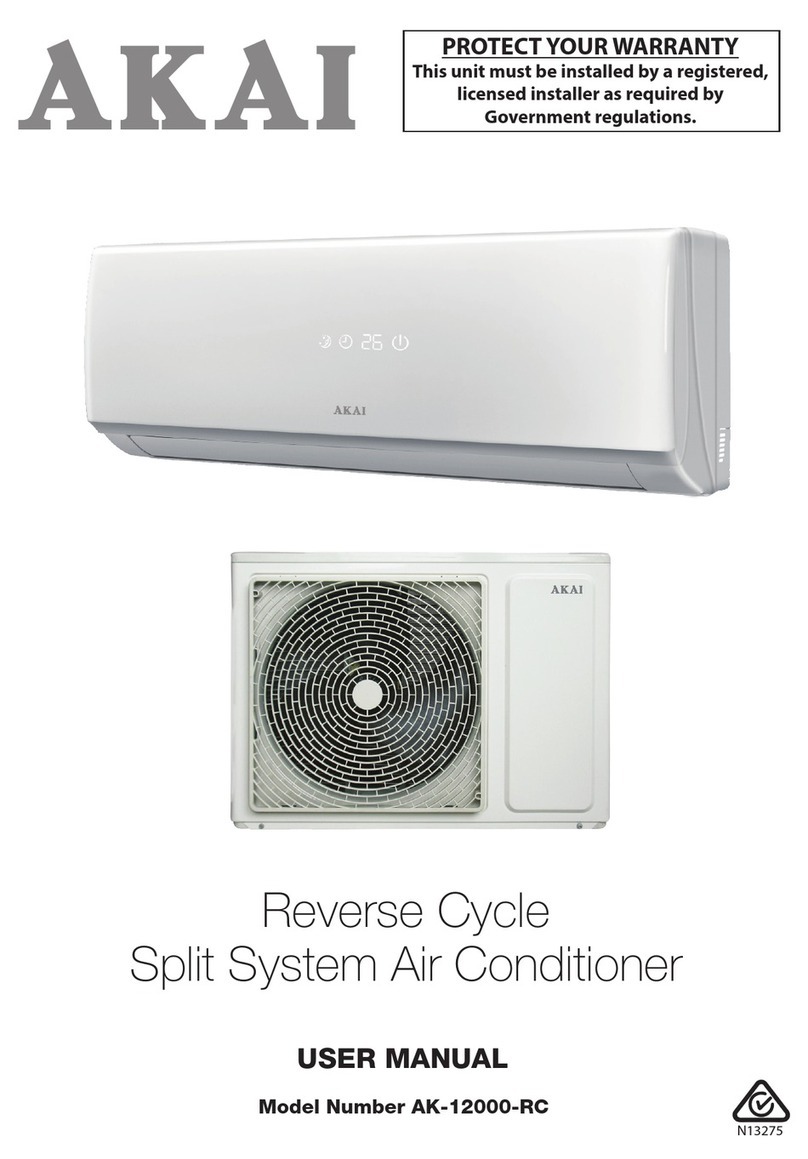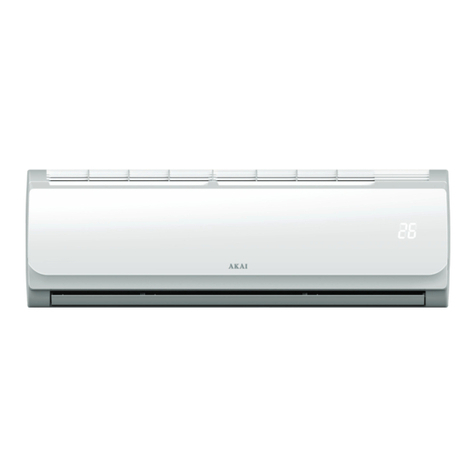After Sales Support
1300 886 649 (AUS) 0800 836 761 (NZ) | info@tempo.org 3
General Safety Instructions
FOR THE INSTALLER
• Read this guide before installing and using the appliance.
• Compliance: Install the appliance in accordance with all applicable regulations.
• No children’s access: During installation of the indoor and outdoor units,
do not allow children access to the working area.
• Do NOT install the unit:
• In environments where the air could contain gas, oil or sulphur.
• Near sources of heat.
• At a distance of less than 50cm from flammable substances (e.g. alcohol or
other flammable liquids or gases) and pressurised containers (e.g. spray cans).
• Ventilation: If the appliance is used in areas without the possibility of
ventilation, precautions must be taken to prevent any leaks of refrigerant
gas from remaining in the environment and creating a fire danger.
• Outdoor unit: Make sure that the base of the outdoor unit is firmly fixed.
• Disconnect power circuits: Before accessing the terminals, all the power
circuits must be disconnected from the power supply.
• Refrigerant system: Check that air cannot enter the refrigerant system and
check for refrigerant leaks when moving the air conditioner.
• Voltage: Ensure that the mains voltage corresponds to that stamped on the
rating plate. Keep the switch or power plug clean.
• Socket: Check and ensure that the socket is suitable for the plug.
• Fuse ratings: The ratings of the fuse installed in the built-in control unit are
T 5A / 250V.
• Overload protection: The user must protect the indoor unit with a fuse of
suitable capacity for the maximum input current or with another overload
protection device.
• Packaging materials: The packaging materials are recyclable and should
be disposed of responsibly for recycling.
• Test cycle: Carry out a test cycle after installing the air conditioner and
record the operating data. Make sure that air cannot enter the refrigerant
system and check for refrigerant leaks when moving the air conditioner.
PROTECT YOUR WARRANTY
These installation instructions for the Reverse Cycle Inverter Air
Conditioner are for use by an appropriately qualified, licensed
installer. The appliance must be installed in accordance with all
applicable regulations. Do not try to install the Air Conditioner on
your own; doing so will expose you to danger and void the warranty.
